

According to Albert Szent-Györgyi,
"Discovery consists of seeing what everybody has seen and thinking what nobody has thought."

Here's what bugs me: research institutions have become obsessed with predictable results. They want measurable outcomes, controlled variables, neat conclusions. But that approach might be killing the messy, chaotic conditions where real breakthroughs happen.
From synthetic dyes to penicillin to CRISPR, breakthrough innovations emerged not from flawless planning, but from researchers who chose to investigate failures rather than immediately correct them. We'll explore why our current institutional architectures, designed to minimize risk and maximize efficiency, might be optimizing for exactly the opposite of what breakthrough innovation requires.
Ultimately, learning to fail beautifully—in controlled, productive ways—may be our most crucial skill for navigating the technological transformations ahead.

The Mistake Engine
Chapter 7: The Architecture of Productive Accidents
Why innovation demands beautiful failures…
In 1856, an 18-year-old chemistry student named William Perkin was trying to synthesize quinine in his makeshift home laboratory. Quinine, extracted from the bark of the cinchona tree, was the only known treatment for malaria—a disease decimating British colonial forces. If Perkin could create synthetic quinine, he would solve one of the Empire's most pressing medical crises and likely make himself wealthy in the process.
He got garbage instead.
Week after week, nothing worked. This particular day, he's staring at this weird reddish-black gunk in his beaker—looks nothing like the clear quinine solution he's after. Any sensible person would've dumped it down the drain and started over.
Instead, Perkin got curious. He dissolved the gunk in alcohol, and suddenly he's got this incredible purple solution. Nobody had ever made a synthetic dye before—natural purple was so expensive only royalty could afford it. Within a decade, this "mistake" had spawned an entire industry that would eventually evolve into the modern chemical sector, generating more wealth than a century of quinine sales could have produced.
What gets me about Perkin isn't the luck part. Yeah, there's chance involved, but something else is happening here. I think we've built our entire innovation system backwards—we're optimizing against the very conditions that create breakthroughs.
The Mythology of Perfect Execution
We tell ourselves comforting stories about innovation. Brilliant inventors have insights, formulate hypotheses, and execute perfect solutions. Steve Jobs envisioned the iPhone and —boom—revolutionary product. This kind of narrative suggests that breakthrough innovation emerges from superior planning, execution, and vision.
But I think this mythology isn't just misleading—it's actually damaging. It hides how breakthrough technologies really emerge and, worse, it's shaped our research institutions in ways that seem almost designed to prevent the very accidents that lead to major discoveries.
Potter's 7% figure? I bet it's way too low. He's only counting the big obvious accidents—like when someone was trying to make glue and invented Post-it notes instead. But what about all the tiny "mistakes" that led to improvements? The failed experiments that suggested better approaches?
More importantly, this misses how breakthrough innovation actually works at the cognitive level—how our brains process the unexpected and turn confusion into insight.
Humans as Mistake Engines
I'm starting to think humans are basically mistake-generating machines. That's not an insult—it's our superpower. We're not wired to get things right on the first try. We're wired to fail in interesting ways and then figure out what those failures mean.
What makes a mistake "productive" rather than merely destructive? The key lies in the conditions surrounding the failure. Productive mistakes happen when we're working at the edge of our understanding, with rapid feedback loops, in systems complex enough to surprise us but simple enough to manipulate. Most importantly, they require someone willing to investigate anomalies rather than immediately correct them.
When you look at it this way, every innovation attempt becomes a kind of controlled experiment in productive failure. When Alexander Graham Bell and Thomas Watson were working on their harmonic telegraph, they weren't trying to invent the telephone. They were systematically breaking their existing device in controlled ways until they discovered a failure mode that was more valuable than the original success condition.

The breakthrough came when Watson accidentally created a steady current instead of the intended intermittent signal. Bell heard something unexpected through the receiver and immediately recognized that their "failed" telegraph had become something entirely new.
This "accident" wasn't really random—it was what happens when you push a system past its supposed limits and discover that reality has more possibilities than your theory predicted.
The pattern repeats everywhere: Roentgen discovers X-rays because some screen starts glowing when it shouldn't. Fleming finds penicillin because he doesn't immediately throw away a contaminated bacterial culture. Goodyear creates vulcanized rubber by literally dropping his experiment on a hot stove. Each time, the "accident" was really a moment when someone's mental model hit its limits, and instead of trying to fix the deviation, they leaned into it.
The Chemistry Advantage
Chemistry accidents dominate the statistics for a reason that took me a while to figure out. Nineteenth-century chemists had this perfect storm of conditions: you could try thousands of different molecular combinations cheaply, reactions happened fast so you got immediate feedback, and when things went wrong, they went wrong in obvious, colorful ways.
The real insight isn't about chemistry specifically. It's about finding that sweet spot where systems are complex enough to surprise you but simple enough that you can actually mess with them using the tools you have. Chemistry lived in that zone for decades.

This explains why some labs produce breakthroughs while others just produce papers. It's not about being smarter—it's about creating conditions where unexpected results become opportunities rather than problems. Which brings us to the deeper institutional challenge.
The Innovation Architecture Problem
Here's the disconnect: breakthrough innovation requires exactly the opposite conditions from what most research institutions provide.
I've watched this happen in real labs. Two equally smart researchers get the same weird result. One thinks "the equipment's broken" and spends a week troubleshooting. The other thinks "that's interesting" and starts poking at what caused it. Same intelligence, completely different instincts.
Most people's brains are wired for error correction—when something breaks, fix it and move on. But breakthrough discoveries come from error investigation. If Roentgen had normal instincts, he would've assumed his equipment was busted and fixed it instead of figuring out why that screen was glowing.
The difference isn't personality—it's institutional design. If your lab treats unexpected results as expensive mistakes, you learn to suppress curiosity fast. But if weird results get treated as potentially interesting, investigation gets rewarded over correction. Breakthrough innovation might be less about individual brilliance and more about building systems that reward productive confusion over predictable success.
A Modern Productive Accident
The CRISPR story follows the same pattern. Doudna and Charpentier were just trying to understand how bacteria fight off viruses. Basic research, nothing fancy.
But when they tried recreating the bacterial defense system outside of actual bacteria, something weird happened. The cutting mechanism worked way better than it should have—more precise, more controllable than anything evolution would need. Instead of shrugging it off as a lab quirk, they got curious.
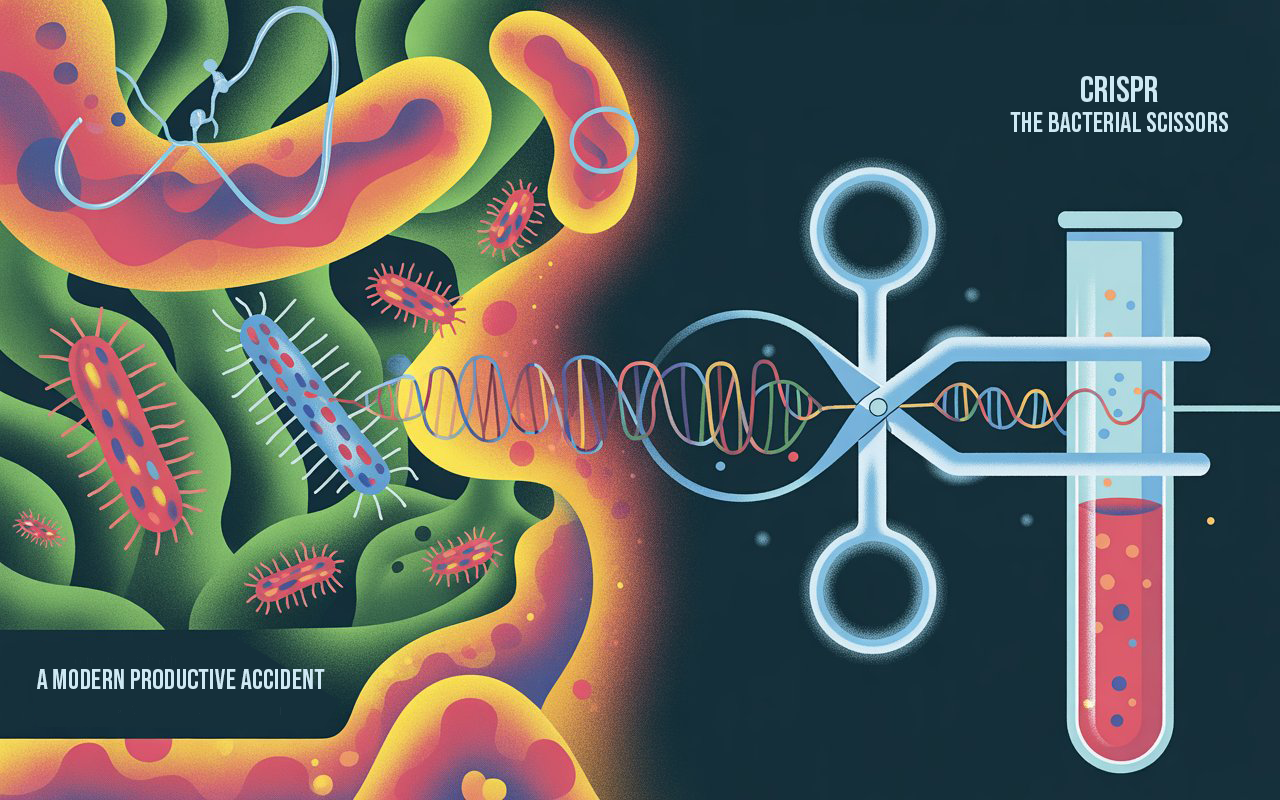
Turns out CRISPR could be programmed to cut DNA anywhere you wanted. A bacterial immune system had accidentally become the most powerful gene-editing tool ever created. The "mistake" of taking it out of its natural environment revealed capabilities that evolution never needed.
Same pattern as always: push a system past its normal boundaries, get a surprising result, investigate instead of correcting.
Redesigning Innovation Systems
If breakthrough innovation really comes from productive mistakes rather than flawless execution, then most research institutions are designed backwards.
So what would a research institution optimized for productive accidents look like?
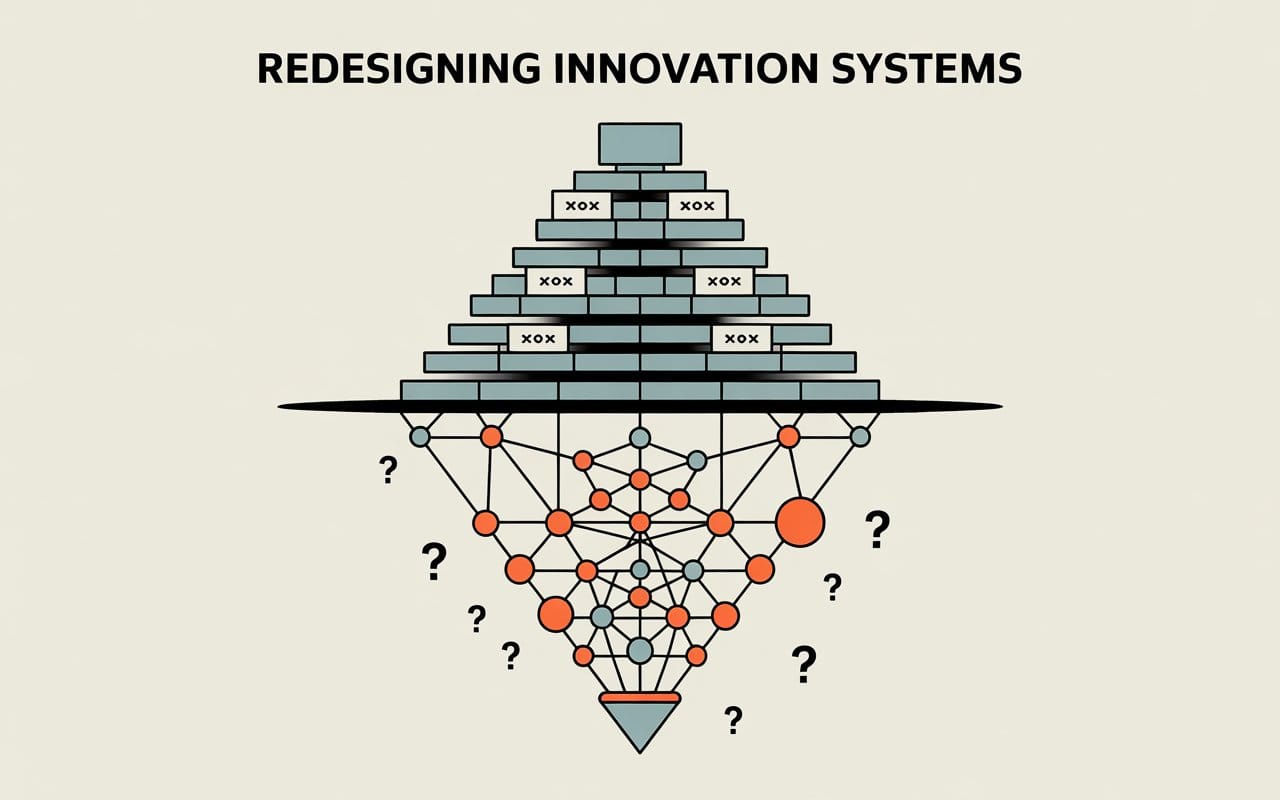
First, they'd have regular "anomaly meetings" where researchers present their most confusing findings to people from completely different fields. Cross-disciplinary confusion often reveals patterns invisible within single domains.
Second, they'd reward thorough investigation of unexpected results over predictable outcomes. This means funding curiosity-driven follow-up work even when it doesn't immediately produce useful applications.
Third, they'd optimize for cheap, rapid experimentation—recreating the conditions that made chemistry so productive for discoveries. The faster you can test weird ideas, the more productive accidents you generate.
Most importantly, they'd build patience into the system. The gap between "that's weird" and breakthrough understanding can span decades. Current grant cycles optimize against exactly this timeline.
Instead, most R&D organizations seem designed to prevent productive accidents. We've built elaborate systems to avoid errors, manage risks, and suppress surprises. We've turned mistake engines into mistake-avoidance engines.
The Beautiful Failure
Here's what keeps hitting me: failure isn't the opposite of success. It's how success happens when you're working with stuff you don't understand yet. Every breakthrough emerged when someone's understanding got overwhelmed in exactly the right way, and they realized their "mistake" was solving a problem they didn't know they had.
This reframes the entire innovation challenge. We can't eliminate productive accidents—they're how we discover what's possible beyond our current theories. The real skill is learning to fail beautifully: creating conditions where mistakes become discoveries rather than disasters.
The institutions that figure this out first will generate the breakthroughs that reshape entire fields. Those that don't will keep optimizing for predictable incremental progress while the most important discoveries happen elsewhere.
Maybe the most crucial skill for navigating technological transformation isn't avoiding the unknown—it's learning to dance with confusion until it reveals its secrets.

Don't miss the weekly roundup of articles and videos from the week in the form of these Pearls of Wisdom. Click to listen in and learn about tomorrow, today.

Sign up now to read the post and get access to the full library of posts for subscribers only.

Khayyam Wakil is a systems theorist specializing in technological transformation and the architecture of innovation systems. His work explores how breakthrough technologies emerge from the intersection of systematic exploration and productive failure. He also dabbles in critical thought and shallow philosophical discussions at Union Square while playing chess with grandmasters.

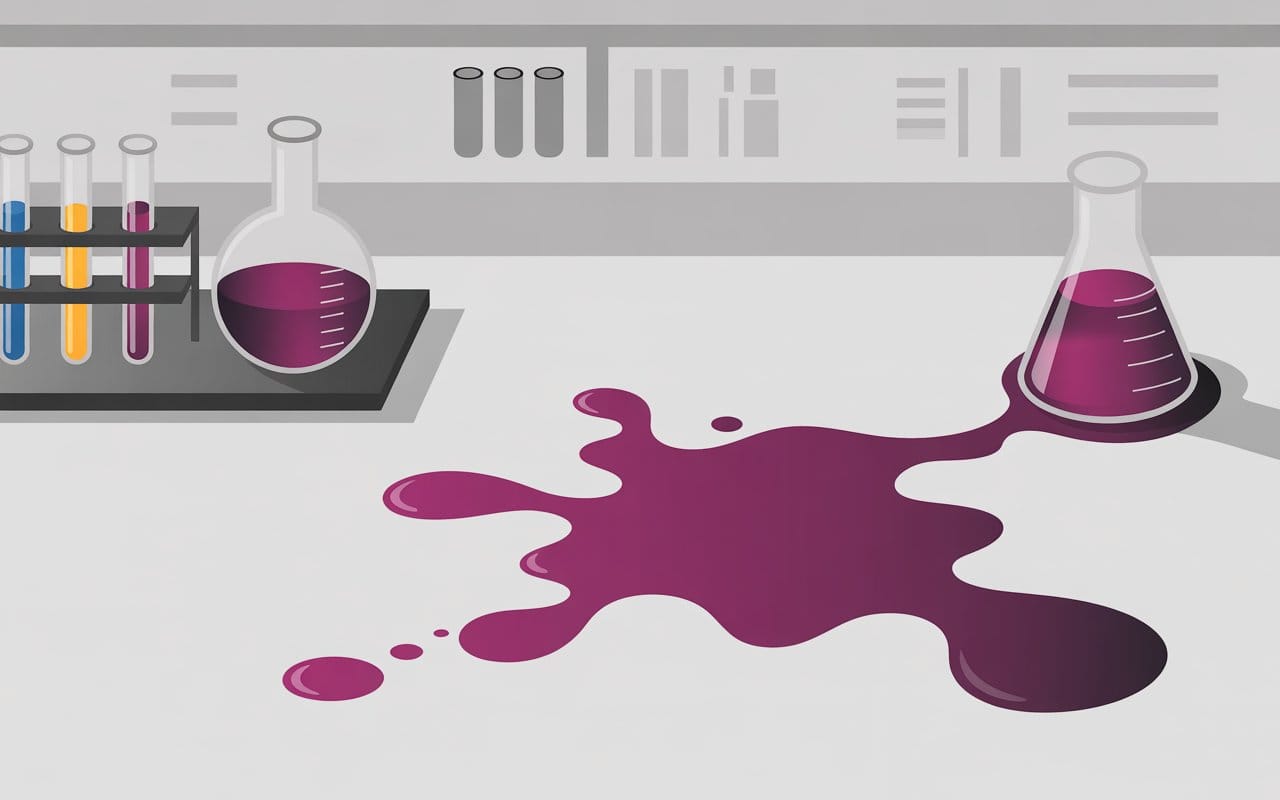



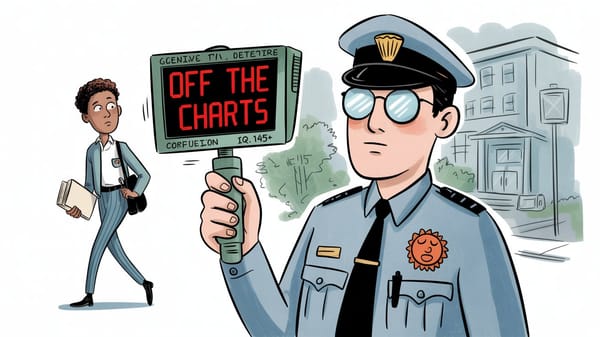

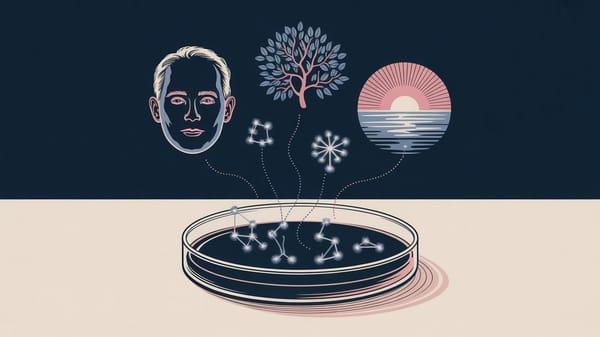
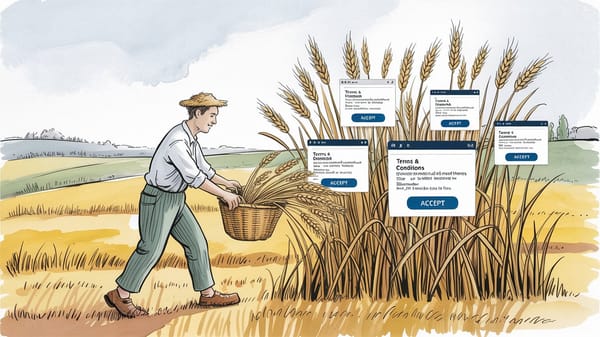
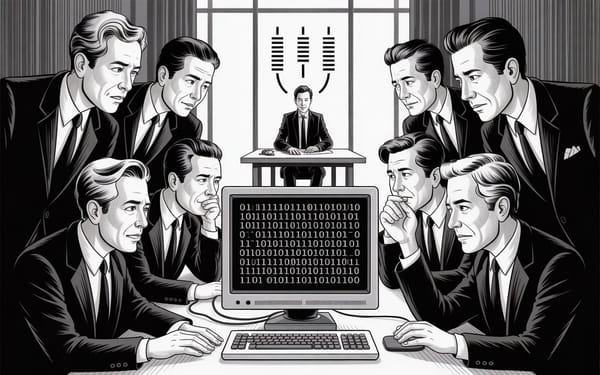
Member discussion